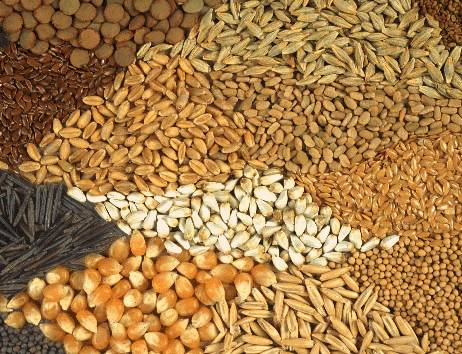
Agrivoltaics is a developing field that integrates agricultural practices with solar energy generation; and embodies the principles of dual land utilization and sustainability.
Harmonizing food production and renewable energy generation on the same land addresses critical challenges such as land scarcity, energy deficits, and climate resilience.
The successful implementation of agrivoltaic systems relies on adherence to guiding principles and advanced technological components, which collectively enable efficient land and resource utilization, and ensure compatibility between farming and energy production.
The core principle of agrivoltaics is dual-use efficiency, which ensures that farmland serves two purposes: agricultural productivity and energy generation. This is achieved by optimizing the spatial arrangement of PV panels to provide crop shade while allowing sufficient sunlight for photosynthesis.
Similarly, in livestock farming, panels provide shelter while generating electricity for farm operations. This approach is underpinned by resource efficiency, environmental sustainability, and resilience to climate change. Central to its success are key technological components, including photovoltaic (PV) panels, sensors, and irrigation systems to enhance the functionality and performance of agrivoltaic systems.
These technologies work in synergy to create a sustainable framework for farming while contributing to renewable energy goals.
PV panels are the cornerstone of agrivoltaic technology, converting sunlight into electricity while supporting agricultural activities. Advanced panel designs, such as bifacial panels, increase efficiency by capturing sunlight from front and rear surfaces.
Adjustable or tracking PV systems can tilt to optimize solar capture and enough sunlight to reach crops. Also, semi-transparent panels permit a balanced light distribution for crops below while maintaining energy production.
Integrating sensors in agrivoltaics is vital for precision farming and supports real-time monitoring and control of key environmental parameters. For instance, soil moisture sensors determine the exact water requirements of crops, preventing over or under-irrigation. Similarly, temperature and humidity sensors provide insights into microclimate conditions created by PV panels to ensure optimal growth environments.
Also, light sensors are employed to assess solar radiation levels and adjust panel orientation if needed. These sensors are often connected to Internet of Things (IoT) platforms to enable farmers to monitor and analyze data for informed decision-making remotely.
Efficient water management is a fundamental principle of agrivoltaics, particularly in water-scarce regions. Solar-powered irrigation systems, such as drip or sprinkler irrigation align with this principle by delivering water precisely where needed.
These systems are powered directly by electricity generated from PV panels, reducing dependency on conventional energy sources. Automated irrigation technologies can optimize water usage by integrating soil moisture sensors to adjust watering schedules based on real-time data. This approach conserves water and supports crop health and productivity.
A critical challenge in agrivoltaics is the intermittent nature of solar energy generation. However, using energy storage systems, such as batteries ensures a consistent energy supply for agricultural and household usage.
Additionally, smart grid solutions ensure surplus energy is distributed to neighbouring communities or fed back into the grid to create economic benefits for farmers. Leveraging these technologies, agrivoltaics offers a compelling solution for meeting the world’s increasing energy and food demands in an environmentally responsible manner.
The post Exploring key technological components in Agrivoltaic systems appeared first on The Business & Financial Times.
Read Full Story























Facebook
Twitter
Pinterest
Instagram
Google+
YouTube
LinkedIn
RSS